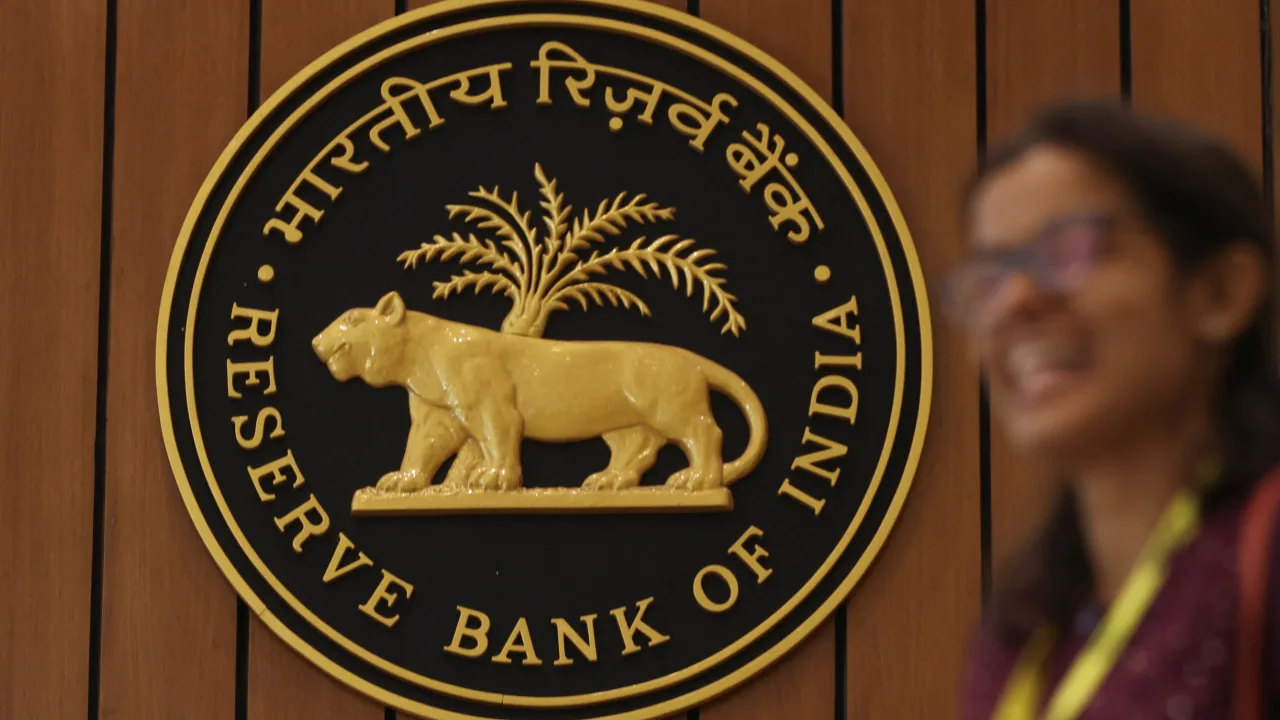RBI FD: Investors have been opting for fixed deposits (FDs) in recent years due to the rise in interest rates. Attractive interest rates have caused FD growth to outpace growth in current accounts and savings accounts (CASA). According to data from the RBI, its portion of overall deposits rose to 61.4 percent in September, compared to 59.8 percent in the previous year. In September 2024, the RBI issued the quarterly report ‘Basic Statistical Return’ on deposits held by scheduled commercial banks.
The report from RBI mentioned that due to a strict monetary policy, a significant volume of deposits has shifted to high-interest Fixed Deposits. The percentage of deposits in FDs with interest rates higher than 7 percent has risen to 68.8 percent, up from 54.7 percent a year ago. Based on the information, there was an 11.7 percent year-on-year increase in bank deposits in September 2024. An increase of ten percent or more in deposits was observed in all population categories: rural, semi-urban, urban, and metropolitan areas.
urban division accounted for 66.5 percent of the overall increase in deposits
During the second quarter of the fiscal year 2024-25, the urban division accounted for 66.5 percent of the overall increase in deposits. They accounted for 54.7 percent of the total deposits. RBI reported that 51.4 percent of the entire deposit sum was held in cash. Around 40 percent of personal deposits are held by women depositors. In September 2024, there was a 9 percent year-on-year increase in deposit growth in public sector banks, compared to 8.1 percent in June 2024. Nevertheless, this figure drops to less than 15 percent for other banking institutions.
In September 2024, senior citizens’ deposits rose to 20.1 percent compared to 19.7 percent the previous year. Based on the ‘Other Basic Statistical Return on Outstanding Loans of Scheduled Commercial Banks’, the annual growth rate of bank loans dropped to 12.6 percent in September 2024 from 15.3 percent in March 2024. 60.6 percent of loans came from banks’ branches in metropolitan areas. There was a decrease in growth rate in these branches by 11.6 percent.
Non-RRB scheduled commercial banks had a share of 11.5 percent in agriculture loans, 23.7 percent in industry loans, 16.5 percent in housing loans, and 14.9 percent in personal (non-housing) loans. They observed an increase of 13.2 percent, 10.4 percent, 13.2 percent, and 17.5 percent in successive years. It was reported that the private corporate sector’s loan growth rose to 16.5 percent in September 2024.
Working capital loans increased to 15.3 percent from 14.1 percent the previous year. The percentage of women taking out personal loans is slowly rising, reaching 23.6 percent in September 2024.
